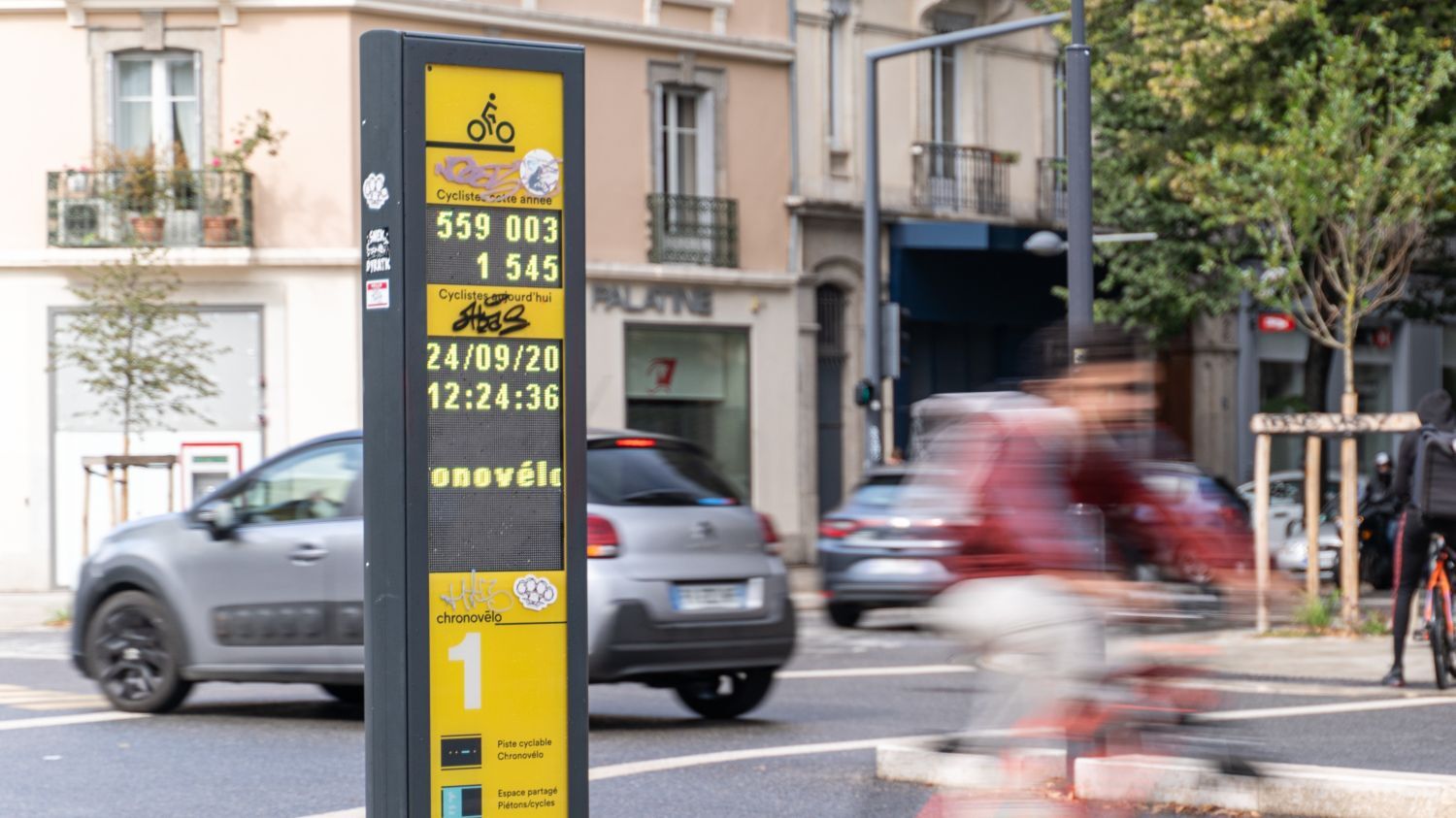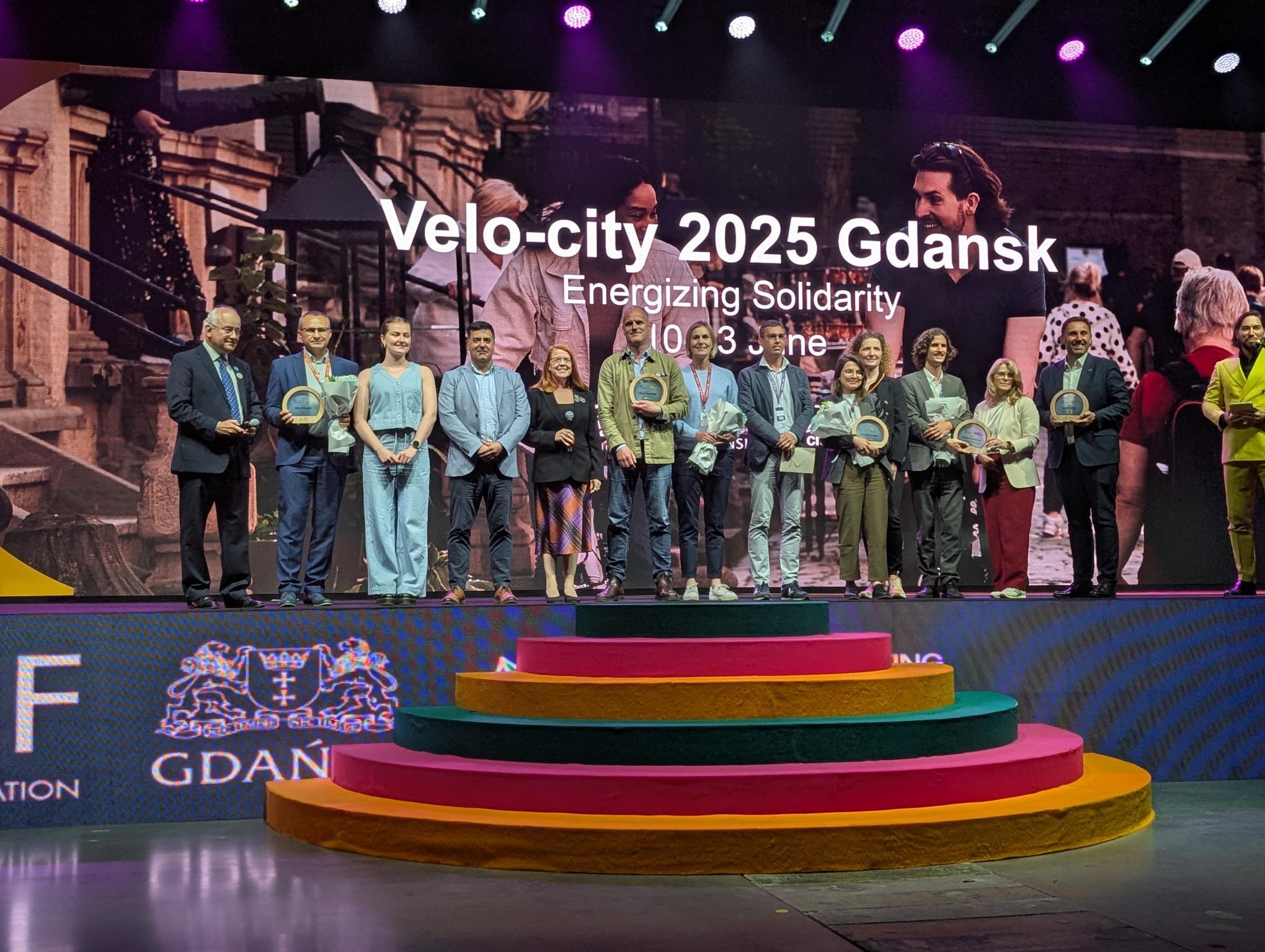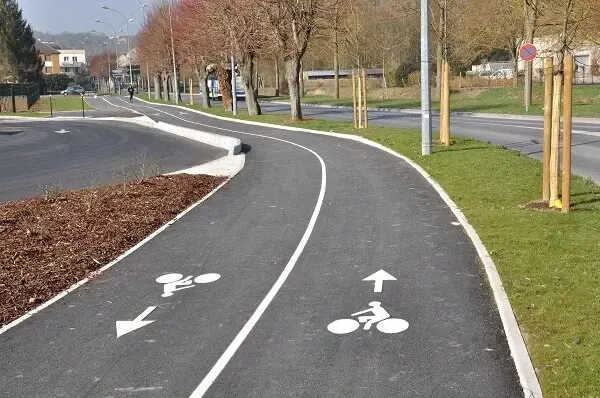
Published on Aug 8, 2025
Cologne Achieves Record Figures for Bicycle Traffic
Cologne is experiencing a real cycling boom in 2025. The city on the Rhine has more cyclists than ever before. A trend that is not only driving the mobility transition, but also changing the ...








